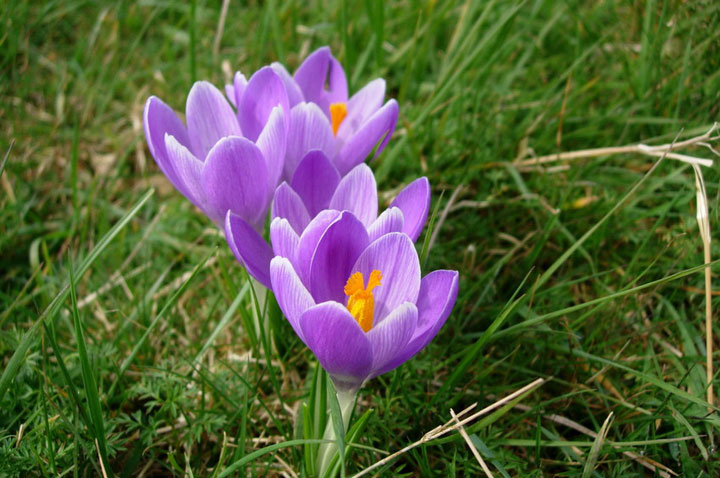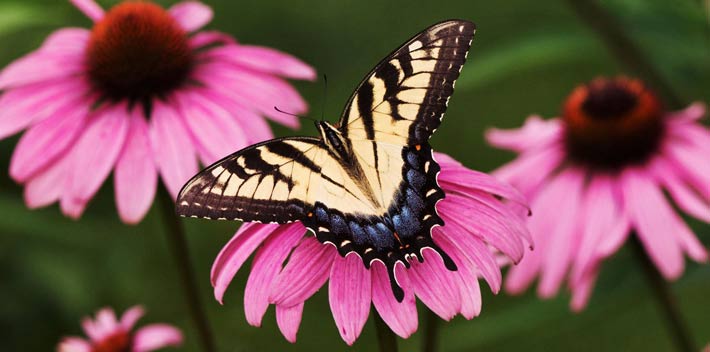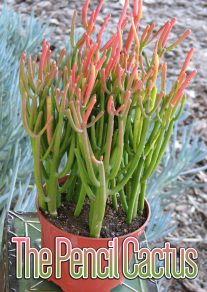
A sure sign of spring, crocuses have low-growing, colorful, cup-shaped flowers that are a welcome sight in garden beds and lawns.
About the Crocus
Mass plantings of colorful crocuses herald the start of spring, sometimes poking their flowers right up through the snow. Because the plants flower so early, crocuses adapt well to planting in lawns and will multiply over time to cover large areas. Select varieties that mature at different times to extend the bloom season. Flower colors include blue, violet, striped, yellow, and white, and height ranges from 3 to 6 inches. While most crocus flower in spring, the saffron crocus is a fall-flowering crocus that is planted in spring.
Special Features
Easy care/low maintenance
Multiplies readily
Site Selection
Select a site with full sun to light shade and well-drained soil.
Planting Instructions
Plant crocus corms in fall, six to eight weeks before a hard frost is expected and when soils are below 60 degrees F. This is usually during September and October in the North, and October and November in the South. Prepare the garden bed by using a garden fork or tiller to loosen the soil to a depth of 12 to 15 inches, then mix in a 2- to 4-inch layer of compost. Set the corms about 4 inches deep, setting them so the pointy end faces up. Cover with soil and press firmly. Space corms 3 to 4 inches apart, and plant in groups of 12 or more for the best effect. Water thoroughly after planting. You may also plant the corms directly into the lawn. If you have trouble with mice and voles eating your crocuses, plant the corms in buried wire cages.
Care
Keep crocus bed watered during dry spells in the fall. In cold areas, cover newly planted beds with a 2- to 4-inch layer of mulch to help retain moisture and insulate the corms for winter. If bulbs are naturalized in lawns, wait to mow until the foliage has died back.




Leave a Reply